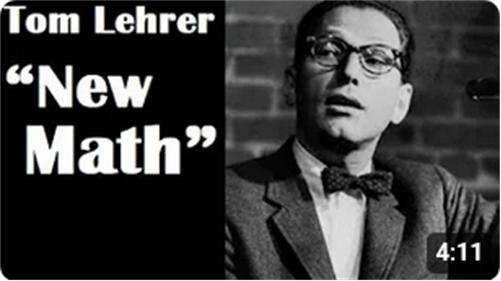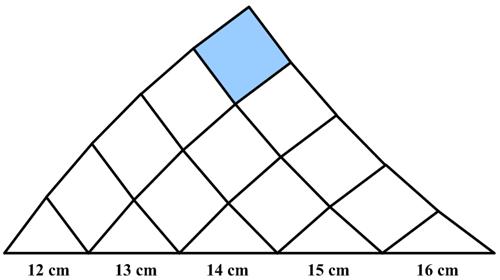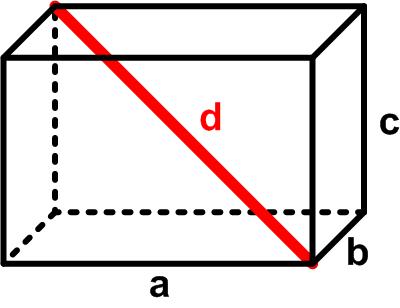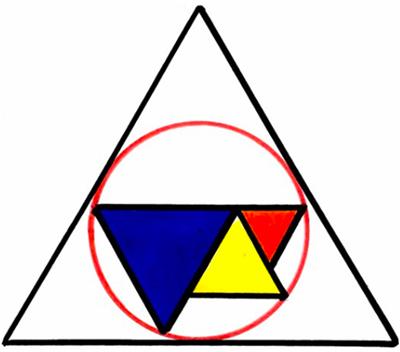 I see another icon of the past has passed away: Tom Lehrer. Lehrer was a mathematician who put his talents to great use, in contrast with mathematicians like the neocon Paul Wolfowitz and Iraqi Ahmed Chalabi who helped foment the Iraq War. He skewered all the shibboleths of the times (1950s and 60s) with his pre-politically-correct take-downs, mainly to the music of Gilbert and Sullivan.
I see another icon of the past has passed away: Tom Lehrer. Lehrer was a mathematician who put his talents to great use, in contrast with mathematicians like the neocon Paul Wolfowitz and Iraqi Ahmed Chalabi who helped foment the Iraq War. He skewered all the shibboleths of the times (1950s and 60s) with his pre-politically-correct take-downs, mainly to the music of Gilbert and Sullivan.
Among his targets was the “New Math”—the Common Core of 60 years ago and a reminder that some things never change. Fortunately, the New Math infiltrated public schools after my time, but you will recognize that its purpose is for students to understand math and not just perform rote manipulations. A truly noble intent, but its continued reincarnation indicates how difficult it is to achieve. So we are left with humor at our folly.
This video of “New Math” is from a live 1965 performance of “That Was the Year That Was”. A more famous song is Lehrer’s musical rendition of the chemical periodic table, “The Elements” (performed live in 1967 in Denmark). I invite you to listen to all his songs for an irreverent window into the past.
See “Tom Lehrer Dies at 97” for a PDF copy of his obituary.
Post Views: 1,030
 This is another typical travel puzzle from the 2024 Math Calendar.
This is another typical travel puzzle from the 2024 Math Calendar.
 This is a simple 1917 puzzle from Henry Dudeney.
This is a simple 1917 puzzle from Henry Dudeney. This is a problem from the 629 AD work of Bhaskara I, a contemporary of Brahmagupta.
This is a problem from the 629 AD work of Bhaskara I, a contemporary of Brahmagupta. This is a problem from the 2000 Olymon (the Mathematics Olympiads Correspondence Program) for secondary students sponsored jointly by the Canadian Mathematical Society and the Mathematics Department of the University of Toronto.
This is a problem from the 2000 Olymon (the Mathematics Olympiads Correspondence Program) for secondary students sponsored jointly by the Canadian Mathematical Society and the Mathematics Department of the University of Toronto. This is a
This is a  This is a slightly stimulating thought puzzle from Futility Closet.
This is a slightly stimulating thought puzzle from Futility Closet. This is a fairly straight-forward
This is a fairly straight-forward  This is a curious relation from the 2024 Math Calendar.
This is a curious relation from the 2024 Math Calendar. This is an old puzzle from Catriona Agg that I found on BL’s Math Games
This is an old puzzle from Catriona Agg that I found on BL’s Math Games 